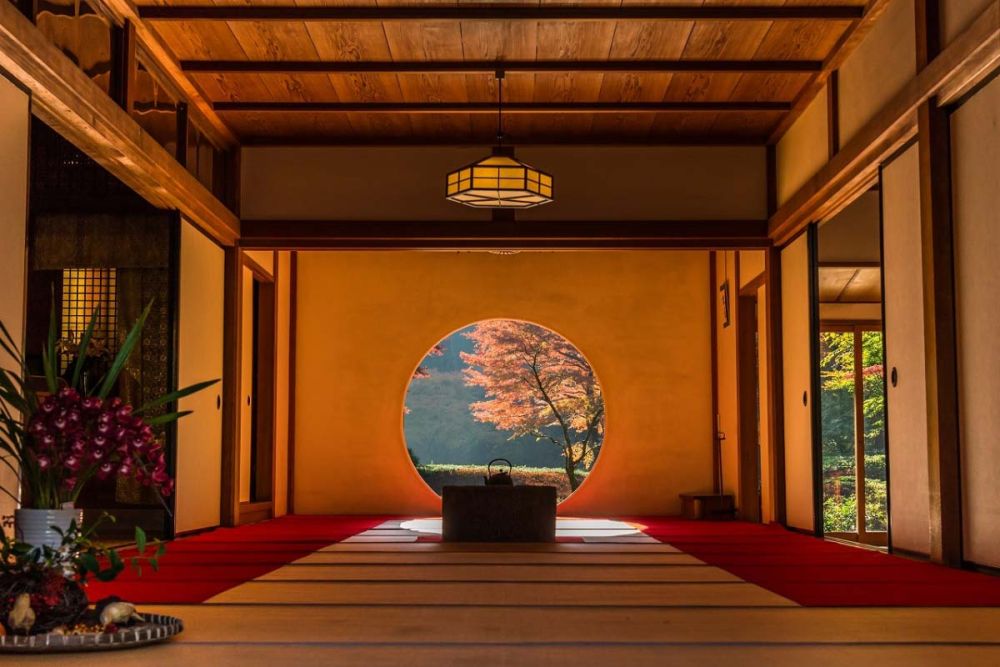

Kamakura, Japan, a coastal town less than an hour south of Tokyo, is steeped in history and natural beauty, making it a longstanding favorite among both domestic and international tourists. Within this historic city lies Meigetsuin Temple, a Zen temple established in the late 12th or early 13th century. It is also affectionately known as the "Hydrangea Temple" (Ajisai-dera) for the stunning hydrangea flowers that bloom in its gardens during the rainy season in June.
The history of Meigetsuin Temple dates back to 1160, during the Kamakura period. It was originally part of a larger temple complex known as Zenkoji Temple, which was dismantled during the 15th century. Today's Meigetsuin Temple was its guesthouse and stands as a reminder of the era's deep-rooted Buddhist traditions and the serenity sought in Zen Buddhism. The temple is dedicated to the memory of Hojo Tokiyori, a significant figure in the Kamakura government.
Tourism at Meigetsunchiku Temple has grown organically over time, primarily due to word of mouth about its remarkable beauty and spiritual ambiance. While the temple was a well-visited local site for many years, its reputation blossomed alongside the rise of global travel in the late 20th century. As Japan opened its doors wider to tourism, Kamakura, and by extension Meigetsuin, gained popularity as a day-trip destination from Tokyo.
The temple's famous hydrangeas draw a particularly large number of visitors during the rainy season when the flowers are in full bloom. Travelers visit not only for the beautiful flora but also to experience the serene Karesansui (dry rock) garden and the iconic circular window, which frames the lush scenery behind it, offering a unique perspective on the harmony between architecture and nature.
In the wake of the digital age and the social media boom, Meigetsuin Temple has featured prominently on platforms such as Instagram, further increasing its allure as a photogenic travel destination. Visitors often share images of the temple’s historical features and seasonal beauty, attracting new swathes of tourists keen to see the picturesque site for themselves.
Sustainable tourism is also gaining traction, with measures being put in place to protect the temple’s heritage and its surroundings from the impact of large visitor numbers. Efforts to maintain the spiritual integrity and physical upkeep of Meigetsuin are seen as essential to its continued success as a tourist attraction.
With Japan's increasing emphasis on international tourism, including the Go To Travel campaign to encourage domestic travel and global outreach for international visitors, Meigetsuin Temple is poised to remain a treasured destination for those looking to immerse themselves in Japan's rich cultural and natural heritage.
For modern visitors, the temple offers not just a journey through Japan's Kamakura-period history, but also a respite from the bustling city life. Tourists are encouraged to enjoy the tranquility and aesthetic simplicity of the Zen garden year-round — from the azaleas of spring to the brilliant foliage of autumn.
Tour guides are available to provide deeper insight into the history and significance of Meigetsuin, making the experience more enriching for history enthusiasts. Despite modern developments, the temple maintains its traditional charm, ensuring it remains a highlight of Kamakura's rich tapestry of historical sites.